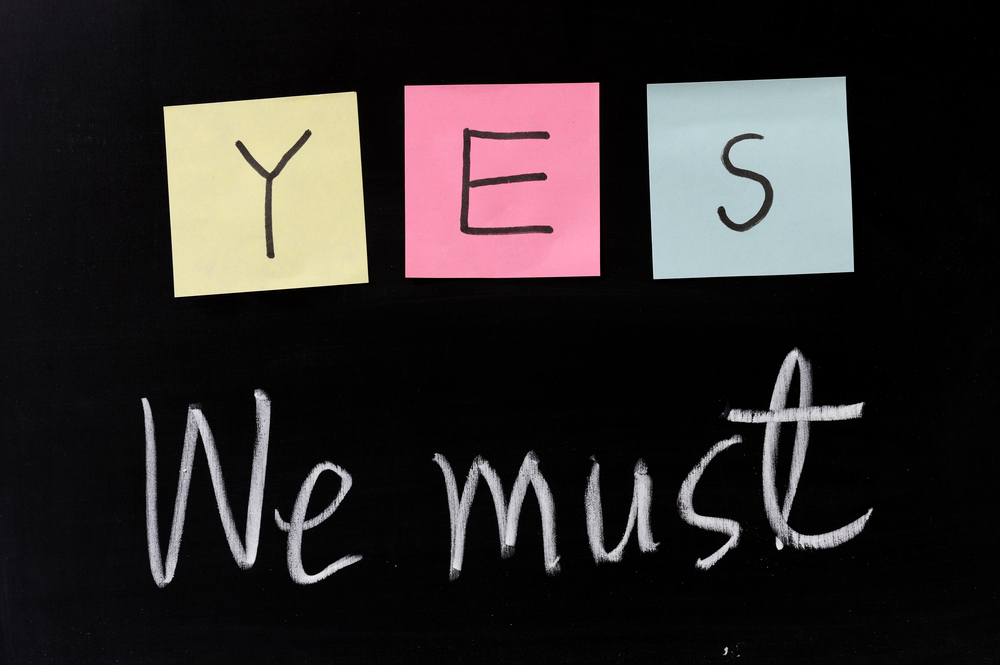I have to start by showing my indie authors some love! You, you amazing and fabulous indie author, have the chutzpah to do it yourself. Go indie publishing!
Still, it would be irresponsible not to acknowledge that there’s some serious quality control for the books going through the traditional route, and this quality control is what gears the book for market. Indie authors would do well for themselves to implement much of the same quality control steps that traditional publishers use. The first step to being a successful indie author is knowing where and when to implement your team of experts.
If a book isn’t self-published well, the first tell is usually the cover—the cover, the quintessential marketing material by which everyone truly will judge your book. A good cover should draw readers in, egging them into reading the back copy (which will lead to hopefully paging through the book, which will hopefully lead them to buy).
A good cover should hint at something; it should provide a wisp of a promise to the reader that, hey, this is gonna be good. It should share a little insight about the book’s topic, but it doesn’t need to be so dryly literal that the readers don’t have to do any guesswork.
In traditional publishing, there’s an entire marketing team carefully working to create a top-notch cover design that does all of these things. Indie authors can compete with this, but it takes a bit more than the art direction of your friend Sam’s kid who is pretty good in art (or, to get on a very brief tangent, your high-school English teacher and niece Jackie as the sole editor). Indie authors need to take their competition—traditionally published authors—seriously; they also have to watch them and see what works.
5 Recommendations for a Good Cover Design:
-
It all starts with the title
If you have a strong title, your designer is going to be much better suited to create the cover that will suit your book. Get experts to weigh in on the book title (marketing people, publishing experts, etc.). This has to happen before the design talk even begins, probably during editing.
-
Check out more than one designer
Ask to see other covers they have done. Take the time to get to know their different styles, and think about whether the styles fit with your genre and who you’re trying to reach.
-
Research, research, research.
Take the time to know what has worked for other books in your genre. Apply what works, discard what doesn’t.
-
Don’t try to be too literal with your cover design.
The most important thing is that it entices your readers to pick it up and read the back cover. If we can get them to page through from the back cover description, we’re that much closer to the sale. Do you see the pattern?
-
Bring in more than one “expert” to talk about your market.
This might mean a book marketing person, it might mean a publishing professional. The key is to get more than one opinion of an expert you trust. If you don’t know your market, and if your book designer doesn’t know your market, how are you going to create a cover that your market will be attracted to? Bring your designer along with you.
What was the last book you read with a stellar book cover design? What was the worst?

